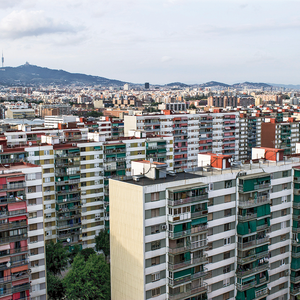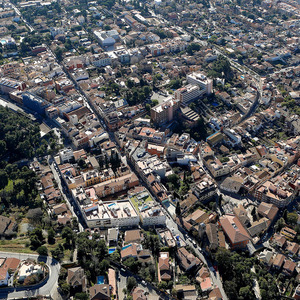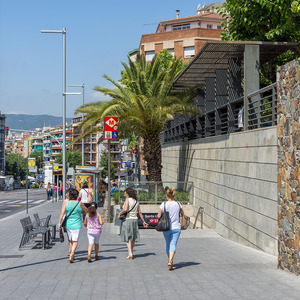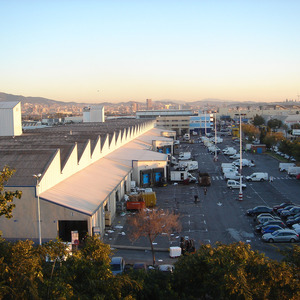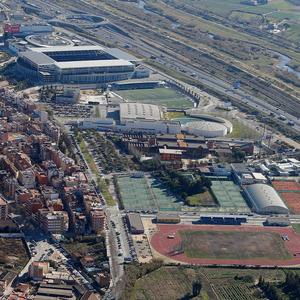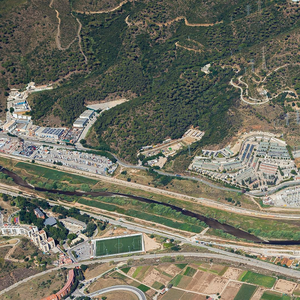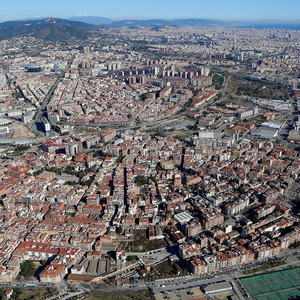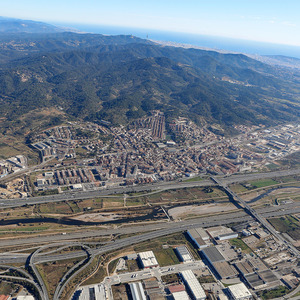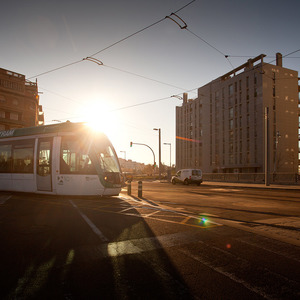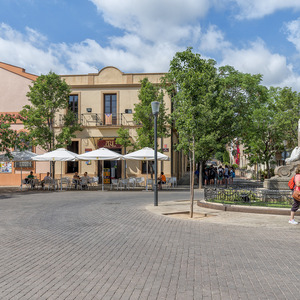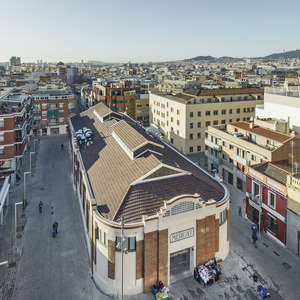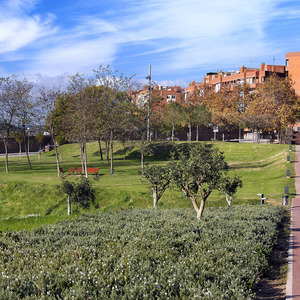Based on an interpretation of a range of different aspects of the metropolitan built city, the proposal is to regulate urban settlements in accordance with the various circumstances, seeking improvements to comfort and efficiency for both the resident and working populations.
URBAN SETTLEMENTS
It is, then, essential to pay attention to the built city, initially focussing on identification and contextualisation, which will in turn condition the regulation of residential and economic activity fabrics. In this sense, the existing fabrics are interpreted and recognised from various perspectives: morphology, function, relative location and metropolitan role.
These four initial components define the urban planning situation of the settlements, conditioning the decisions to be made with respect to their two key components: the relationship between form and the uses of the city; and the minimum levels of socio-environmental facilities.
INTERPRETATION AND RECOGNITION OF THE BUILT CITY
-
An analysis of the various types of buildings, roads, interstitial spaces and, in short, the type of city they form, identifies four major morphological categories of residential fabric (original, expansions, blocks and detached houses) and two categories of economic activity (between existing buildings and isolated).
-
-
-
To respond to the evident differences between fabrics that are morphologically similar but have different territorial contexts, the proposal classifies them into the three ways of living (residing and producing) identified in the diagnosis: continuous cities on the plain, interlinked nodal towns and low-density landscapes.
-
-
REGULATE TO IMPROVE HABITABILITY AND COMPETITIVENESS
-
A good relationship between form and function is one that balances buildability with intensities of use. The values that are proposed will differ in accordance with the established classification of the fabrics and their territorial location and in accordance with the various levels of accessibility and centrality.
-
-
-
The proposal is to quantitatively (using standards, in accordance with local and metropolitan needs) and qualitatively (in accordance with minimum levels in terms of proximity) define the basic socio-environmental facilities of the metropolitan fabrics: efficient and affordable housing, healthy and inclusive public spaces, and local facilities.
-
-
